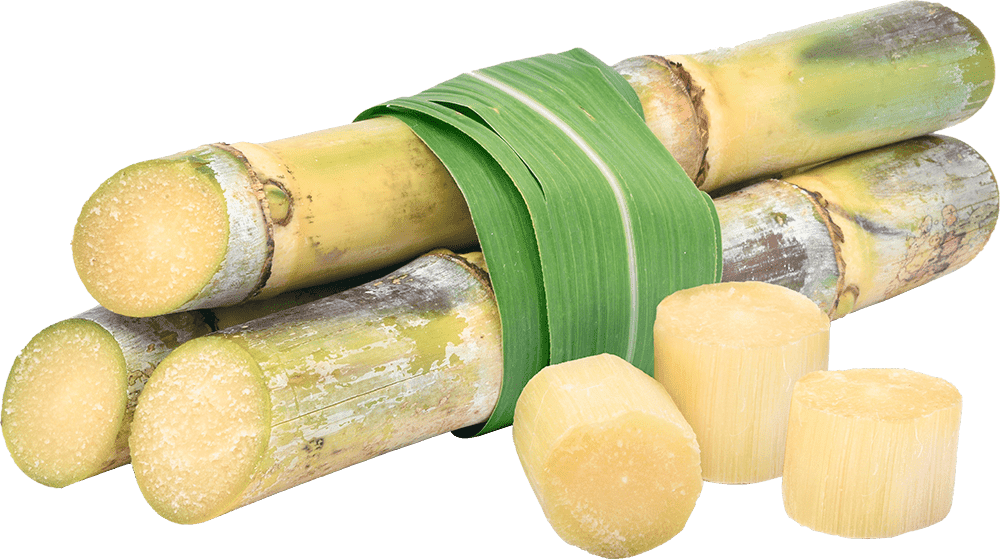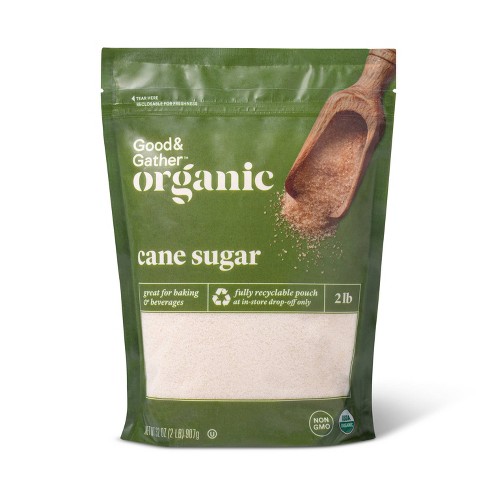Cane Sugar Processing: From Area to Table-- A Step-by-Step Overview
Checking Out the Comprehensive Steps Associated With Walking Stick Sugar Processing From Harvesting to Improvement
The process of walking cane sugar production includes a series of intricate steps, beginning with the cautious harvesting of sugarcane and culminating in the improvement stages that ensure the last item fulfills sector criteria. Each phase, from the extraction of juice to the filtration and formation procedures, plays a critical function in establishing the top quality and character of the sugar.
Harvesting Sugarcane
Gathering sugarcane is an essential action in the walking cane sugar handling chain, as it directly influences the quality and return of the end product. Correct timing and techniques are important during this stage to make certain optimum sugar content and minimize losses. Typically, sugarcane is harvested when it gets to maturation, usually 12 to 18 months after growing, identified by a high sucrose concentration.

Post-harvest, the sugarcane has to be refined quickly to avoid sucrose degradation. Preferably, harvested cane needs to be moved to refining facilities within 24 hr to protect sugar high quality. Consequently, reliable logistical planning is essential to maintain the integrity of the collected crop throughout the supply chain.
Extraction Process

The smashed walking stick is subjected to a series of pressing operations to make the most of juice recovery. Typically, warm water is splashed onto the smashed walking stick, producing a countercurrent flow that aids liquify the sugar while also aiding in the extraction procedure. The juice gathered from this operation has not just sugar however likewise various natural compounds and contaminations.

To boost extraction efficiency, some facilities may employ diffusion approaches, where the sugarcane is saturated in warm water, permitting the soluble sugars to diffuse right into the fluid. The resulting juice, abundant in sucrose, is after that directed to subsequent handling phases, laying the structure for filtration and improvement. The removal procedure is hence crucial in determining the top quality and return of the last sugar item.
Filtration Strategies
The filtration methods employed in cane sugar processing are vital for transforming the raw juice into a high-grade sugar product. These techniques mainly aim to get rid of contaminations, such as soil, plant materials, and inorganic compounds, which can adversely influence the end product's taste and shade.
This procedure includes including lime and heat to the raw juice, which helps with the coagulation of pollutants. Furthermore, the use of phosphoric acid can boost the explanation process by further binding pollutants.
Another substantial technique is carbonatation, where carbon dioxide is presented to the cleared up juice. This response creates calcium carbonate, which records staying contaminations and advertises their removal.
In addition, triggered carbon therapy may be put on adsorb any type of remaining colorants and organic contaminations, making sure a more refined item. The combination of these approaches efficiently prepares the sugar juice for succeeding steps in the refining process, establishing the stage for the manufacturing of high-grade cane sugar.
Condensation Approaches
After the purification phase, the following vital action in cane sugar processing includes formation methods, which play a crucial role in transforming the cleared up juice right into solid sugar. This procedure normally uses two primary techniques: spontaneous formation and regulated condensation.
In spontaneous formation, supersaturated sugar solutions are allowed to cool naturally, causing the development of sugar crystals over time. This technique is easier however might cause irregular crystal dimensions and lower purity More Info levels. On the other hand, controlled crystallization is a much more specific method where focus, temperature level, and seeding representatives are diligently taken care of. This technique permits the consistent growth of sugar crystals and higher purity.
Throughout formation, the made clear juice is focused with evaporation, boosting its sugar material until it gets to supersaturation. As soon as this factor is accomplished, either method can help with the crystallization procedure. Cane Sugar Processing. The resultant sugar crystals are after that separated from the remaining syrup via centrifugation
Inevitably, the selection of condensation method impacts the top quality, size, and pureness of the last sugar item, making this step vital in the overall walking cane sugar processing check my source procedure.
Improvement and Product Packaging
Exactly how can the pureness and high quality of cane sugar be better enhanced after crystallization? The refinement process plays an essential duty in accomplishing top quality cane sugar. Adhering to crystallization, sugar undertakes a detailed washing to get rid of impurities and recurring molasses. This is normally completed utilizing cozy water or steam, which assists liquify and draw out undesirable elements while protecting the sugar crystals.
Following, the sugar undergoes a process called centrifugation, where it is rotated at broadband to separate the detoxified sugar crystals from the remaining liquid. After centrifugation, the sugar is commonly more improved through a technique called carbonization or phosphatation, which makes use of turned on carbon or phosphoric acid to eliminate color and off-flavors.
When refined, the sugar is dried out to attain the wanted moisture content, making sure that it remains secure throughout storage space and transport. The final step involves packaging the polished sugar in moisture-proof and airtight containers to maintain its quality and avoid contamination. Cane Sugar Processing. Appropriate product packaging not only prolongs service life yet likewise helps with simple handling and distribution, making certain that consumers obtain sugar that satisfies the highest possible standards of purity and high quality
Final Thought
The detailed actions entailed in walking cane sugar handling, from the thorough harvesting of sugarcane to the detailed improvement and product packaging phases, emphasize the relevance of each phase in ensuring high-grade sugar manufacturing. Ideal harvesting methods, effective extraction methods, and strenuous filtration processes jointly add to the final product's pureness and stability. The crystallization and subsequent product packaging techniques additionally improve the integrity and service life of the sugar, highlighting the intricacy and precision inherent in this vital agricultural sector.
The procedure of cane sugar production incorporates a collection of elaborate steps, starting with the careful harvesting of sugarcane and finishing in the refinement stages that make certain the last product fulfills market standards. Preferably, harvested walking cane view needs to be delivered to processing centers within 24 hours to protect sugar top quality.In spontaneous condensation, supersaturated sugar services are allowed to cool down naturally, leading to the development of sugar crystals over time - Cane Sugar Processing. The improvement process plays an essential duty in attaining premium walking cane sugar.The detailed actions included in walking cane sugar processing, from the precise harvesting of sugarcane to the detailed refinement and packaging phases, underscore the value of each phase in making certain high-grade sugar production